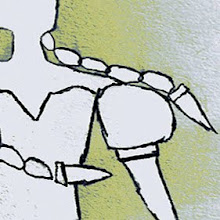Club Deportivo Miguel Hidalgo (1955)
Vladimir Kaspé (1910–1996) was a Russian-Mexican mid-century modernist architect, born in Harbin, China. He moved to Paris in 1926 and studied at the École des Beaux-Arts from 1929 to 1935. In 1942 he emigrated to Mexico.
Migratory movements and political changes generated mainly in Europe during and after the wars favored fundamentally architectural production in the American continent during the 20th century.
The Russian architect put his stamp on the country with the use of local materials and understated aesthetics of their designs. Vladimir Kaspé’s work was characterized by its austere elegance, his good sense in dealing with the materiality of his works and for valuing only the essentials without formal displays and with clarity and moderation.
Among its main architectural works is the Súper Service Lomas (demolished in 2011).
Club Deportivo Privado, detalle de la fachada de la piscina (1955)
Detalle de la fachada posterior, Casa en Lomas, Montes Cárpatos, Lomas de Chapultepec (1952)
Edificio de departamentos (1958)
Edificio de la Escuela de Economía, UNAM, Ciudad Universitaria, México (1954)
Laboratorios Roussel, México (1956)
Súper Servicio Lomas (1948-52)
Súper Servicio Lomas (patio interior)
Súper Servicio Lomas (garaje)
Interested by mid-century modernism in Mexico and Detroit? Check this tumblr out.














